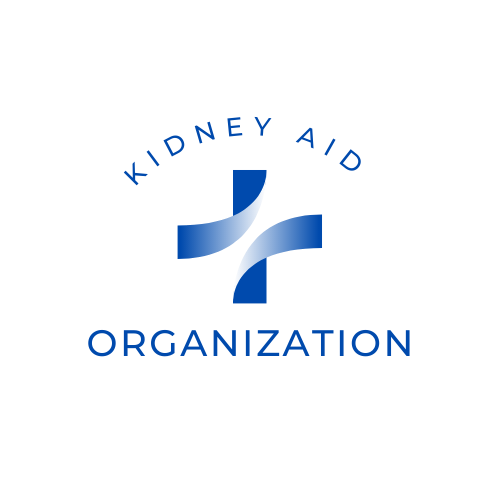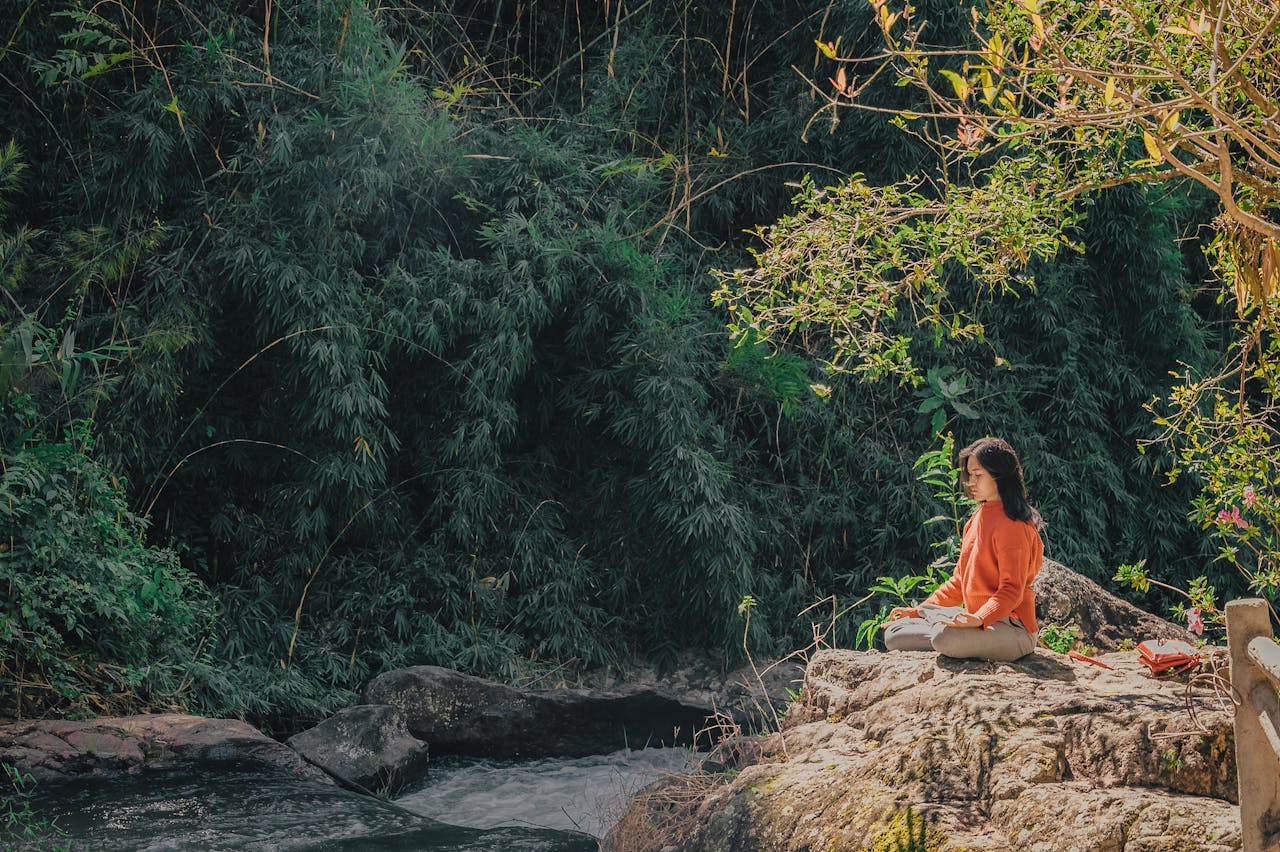Chronic Kidney Disease (CKD) is a widespread health concern affecting millions worldwide. While conventional treatments primarily focus on medication and lifestyle modifications, the role of alternative therapies like yoga is garnering increasing attention. In this comprehensive research article, we delve into the question: Is CKD reversible by yoga? By examining scientific studies, testimonials, and expert opinions, we aim to provide insights into the potential benefits of yoga in managing and potentially reversing CKD.
Understanding Chronic Kidney Disease (CKD)
Chronic Kidney Disease is characterized by the gradual loss of kidney function over time, leading to a range of complications including high blood pressure, anemia, bone disease, and cardiovascular issues. CKD progresses through stages, starting from mild (Stage 1) to severe (Stage 5), also known as end-stage renal disease (ESRD). Traditional treatments for CKD primarily include medication, dietary changes, and, in advanced stages, dialysis or kidney transplant. Despite advancements in medical treatments, many individuals with CKD experience a decline in quality of life and face the looming threat of kidney failure. This has prompted researchers to explore complementary and alternative therapies, such as yoga, as adjuncts to conventional treatments.The Role of Yoga in CKD Management
Yoga, an ancient practice originating from India, encompasses various physical postures (asanas), breathing techniques (pranayama), and meditation. Beyond its reputation for promoting relaxation and flexibility, yoga has shown promising results in improving overall health and well-being, including its potential impact on CKD. Several studies have suggested that incorporating yoga into the management of CKD may yield positive outcomes. For instance, a randomized controlled trial published in the Clinical Journal of the American Society of Nephrology found that regular yoga practice led to significant reductions in blood pressure and improved kidney function markers in individuals with CKD. Similarly, a systematic review and meta-analysis published in the Journal of Renal Nutrition concluded that yoga interventions were associated with improvements in blood pressure, cholesterol levels, and inflammatory markers among CKD patients. Furthermore, yoga's emphasis on stress reduction and mental well-being may indirectly benefit individuals with CKD by alleviating anxiety and depression, common comorbidities in this population. By promoting relaxation and mindfulness, yoga practices may help manage stress hormones like cortisol, which can contribute to kidney damage when elevated chronically.Exploring the Mechanisms of Yoga's Effects on CKD
The mechanisms underlying yoga's potential benefits in CKD are multifaceted and interconnected. Firstly, certain yoga asanas may enhance blood circulation and oxygenation to the kidneys, promoting their optimal function and aiding in toxin removal. Poses that involve gentle twisting and stretching, such as Ardha Matsyendrasana (Half Lord of the Fishes Pose) and Paschimottanasana (Seated Forward Bend), may stimulate renal blood flow and support detoxification processes. Moreover, yoga's focus on controlled breathing techniques can have profound effects on the autonomic nervous system, which regulates blood pressure and heart rate. Practices like diaphragmatic breathing and alternate nostril breathing have been shown to activate the parasympathetic nervous system, eliciting a relaxation response that counteracts the sympathetic "fight or flight" response implicated in hypertension and kidney dysfunction. Additionally, yoga's mind-body approach addresses not only physical health but also psychological and emotional well-being. Chronic stress, common in individuals with CKD, can exacerbate inflammation and oxidative stress, contributing to disease progression. By promoting relaxation and mental clarity, yoga practices may modulate the body's stress response and reduce the burden on the kidneys.Yoga Routines for Beginners: Starting Your Journey to Wellness
Embarking on a yoga journey as a beginner can be both exciting and daunting. With countless poses and styles to explore, it's essential to begin with a gentle and accessible routine that gradually introduces you to the practice while building strength, flexibility, and mindfulness. In this section, we'll outline some beginner-friendly yoga routines designed to ease you into the world of yoga and set a solid foundation for your practice.1. Sun Salutation (Surya Namaskar)
The Sun Salutation sequence is a classic yoga routine that combines movement, breath, and mindfulness. It's an excellent way to warm up the body, increase circulation, and energize your morning routine. Here's a simplified version suitable for beginners:Steps:
- Mountain Pose (Tadasana): Stand tall with feet hip-width apart, arms by your sides, and palms facing forward.
- Upward Salute (Urdhva Hastasana): Inhale, raise your arms overhead, palms together.
- Forward Fold (Uttanasana): Exhale, hinge at your hips, and fold forward, bringing hands to the floor or resting them on your shins.
- Halfway Lift (Ardha Uttanasana): Inhale, lengthen your spine, bringing hands to shins or thighs, gaze forward.
- Plank Pose: Exhale, step or jump back to plank position, aligning wrists under shoulders, body in a straight line.
- Chaturanga Dandasana (Four-Limbed Staff Pose): Lower down halfway, keeping elbows close to the body.
- Upward-Facing Dog (Urdhva Mukha Svanasana): Inhale, lift chest and gaze upward, keeping thighs and tops of feet grounded.
- Downward-Facing Dog (Adho Mukha Svanasana): Exhale, lift hips and tailbone toward the sky, forming an inverted V shape.
2. Gentle Yoga Flow
A gentle yoga flow is perfect for beginners seeking a balanced practice that emphasizes relaxation and mindful movement. This sequence focuses on gentle stretches and accessible poses to release tension and cultivate body awareness.Sequence:
- Child's Pose (Balasana): Begin in a kneeling position, sit back on your heels, and fold forward, resting your forehead on the mat and arms extended in front or alongside the body.
- Cat-Cow Stretch: Transition to a tabletop position, wrists under shoulders, knees under hips. Inhale, arch your back, lifting your chest and tailbone (Cow Pose), then exhale, round your spine, tucking chin to chest (Cat Pose). Repeat several times, flowing with your breath.
- Low Lunge (Anjaneyasana): Step your right foot forward between your hands, stacking knee over ankle. Lower your left knee to the mat and sink hips toward the ground, stretching the front of the left hip. Repeat on the other side.
- Warrior II (Virabhadrasana II): From a standing position, step your left foot back, keeping feet hip-width apart. Bend your right knee, aligning it over the ankle, and extend arms parallel to the floor, gaze over your right fingertips. Hold for several breaths, then switch sides.
- Seated Forward Fold (Paschimottanasana): Sit on the mat with legs extended in front. Inhale, lengthen your spine, then exhale, hinge at your hips, and fold forward, reaching for your feet or shins.
3. Restorative Yoga for Relaxation
Restorative yoga offers a deeply relaxing and rejuvenating experience, making it an excellent choice for beginners seeking stress relief and relaxation. This practice involves holding gentle poses supported by props for extended periods, allowing the body to release tension and restore balance.Poses:
- Supported Bridge Pose: Lie on your back with knees bent and feet hip-width apart. Place a yoga block or bolster under your sacrum and allow your spine to lengthen and relax.
- Supported Child's Pose: Sit on your heels and place a bolster or stack of blankets between your thighs. Fold forward, resting your torso on the bolster and forehead on the mat, arms extended or resting alongside your body.
- Legs-Up-the-Wall Pose (Viparita Karani): Sit sideways against a wall with your legs extended up the wall and your hips close to the base. Support your lower back with a folded blanket or bolster if needed. Relax your arms by your sides or place them on your abdomen.
Incorporating Yoga into CKD Management: Practical Considerations
While the potential benefits of yoga for CKD are promising, it's essential to approach its integration into treatment plans with caution and mindfulness. Individuals with CKD should consult with their healthcare providers before starting any new exercise regimen, including yoga, to ensure safety and suitability based on their specific health status and needs. When incorporating yoga into CKD management, several considerations should be taken into account:- Adaptations for Physical Limitations: Many individuals with CKD may have physical limitations or comorbidities that require modifications to traditional yoga poses. Qualified yoga instructors with experience in therapeutic yoga or yoga for special populations can provide guidance on adapting poses to accommodate individual needs and abilities.
- Monitoring and Progress Tracking: Regular monitoring of kidney function, blood pressure, and other relevant health parameters is essential for assessing the effectiveness of yoga interventions in CKD management. Keeping track of progress allows for adjustments to the yoga practice as needed and helps individuals and their healthcare providers make informed decisions about treatment approaches.
- Holistic Approach to Wellness: Yoga is just one component of a holistic approach to managing CKD. In addition to physical activity, attention should be given to other lifestyle factors such as nutrition, hydration, and stress management. Integrating yoga into a comprehensive wellness plan can amplify its potential benefits and support overall health and well-being.
Conclusion: Embracing Yoga as a Complementary Approach to CKD Management
In conclusion, while CKD is a complex and progressive condition, the integration of complementary therapies like yoga offers new avenues for holistic management and potential reversal of its effects. Scientific evidence and anecdotal reports suggest that yoga may positively impact various aspects of CKD, including blood pressure control, kidney function, and quality of life. By embracing yoga as part of a comprehensive treatment approach, individuals with CKD can empower themselves to take an active role in their health and well-being. However, it's essential to approach yoga practice mindfully, with awareness of individual limitations and in collaboration with healthcare providers. As research in this area continues to evolve, further exploration of yoga's mechanisms of action and its long-term effects on CKD outcomes will provide valuable insights into its potential as a therapeutic intervention. In the journey towards combating CKD and improving the lives of affected individuals, yoga stands as a promising ally in fostering physical, mental, and emotional resilience.Are you tired of living under the shadow of kidney disease? Are you yearning for a life free from the shackles of dialysis, kidney failure, and the looming threat of kidney transplants? If so, you're in the right place at the right time. Imagine waking up every morning with boundless energy, feeling rejuvenated and ready to take on the day. Envision a life where your kidneys are functioning optimally, and you no longer dread the burdensome routines of dialysis sessions. The Kidney Disease Solution Program is here to turn that vision into reality for you.


